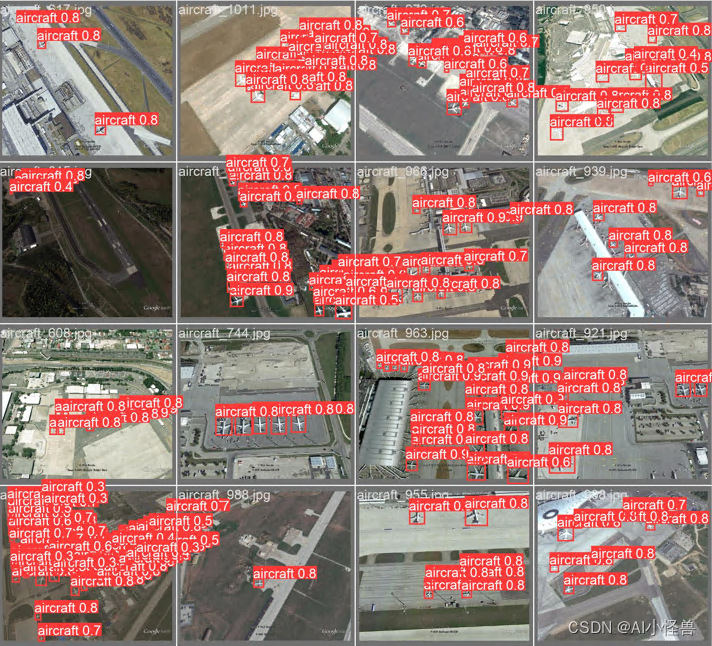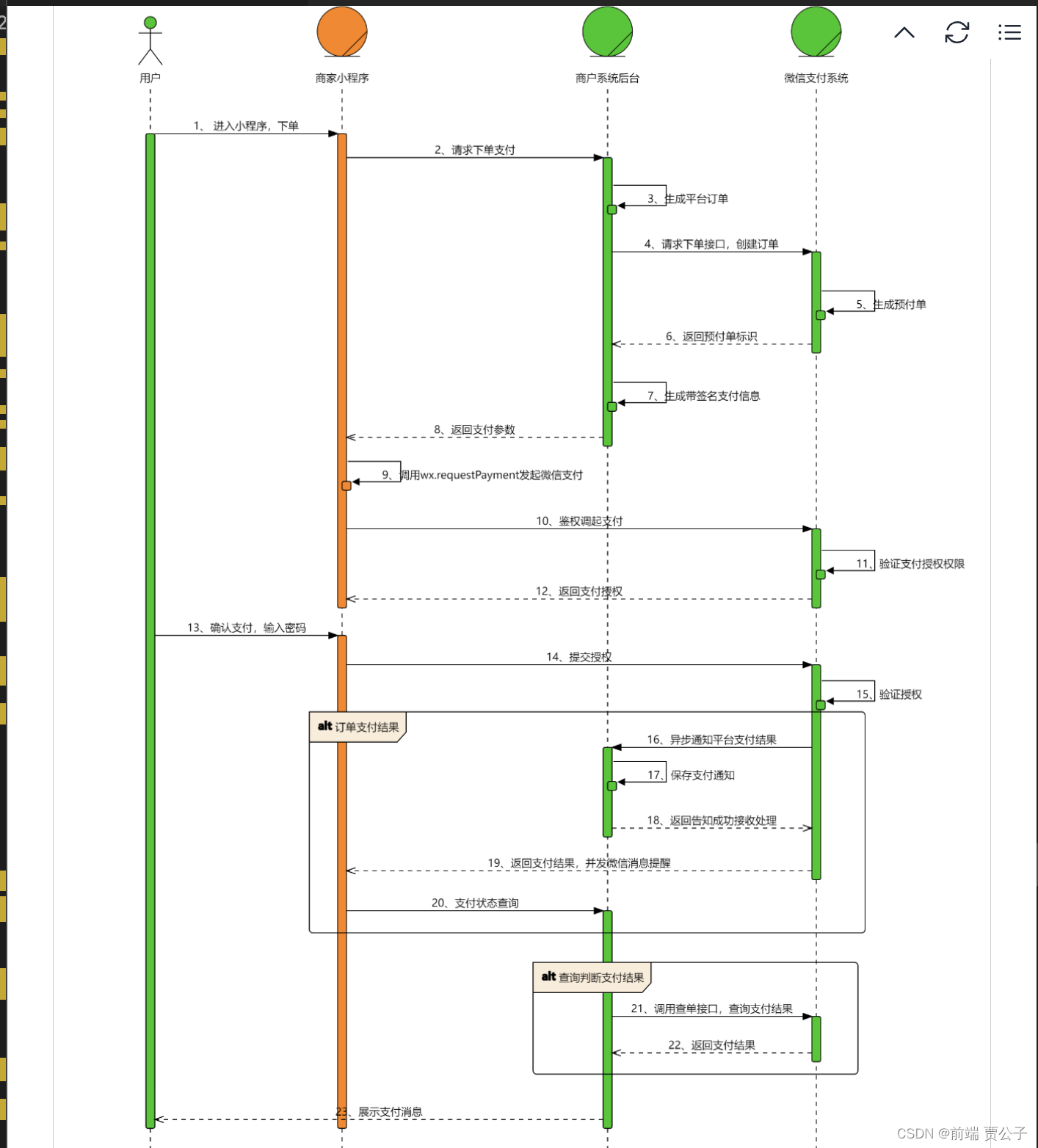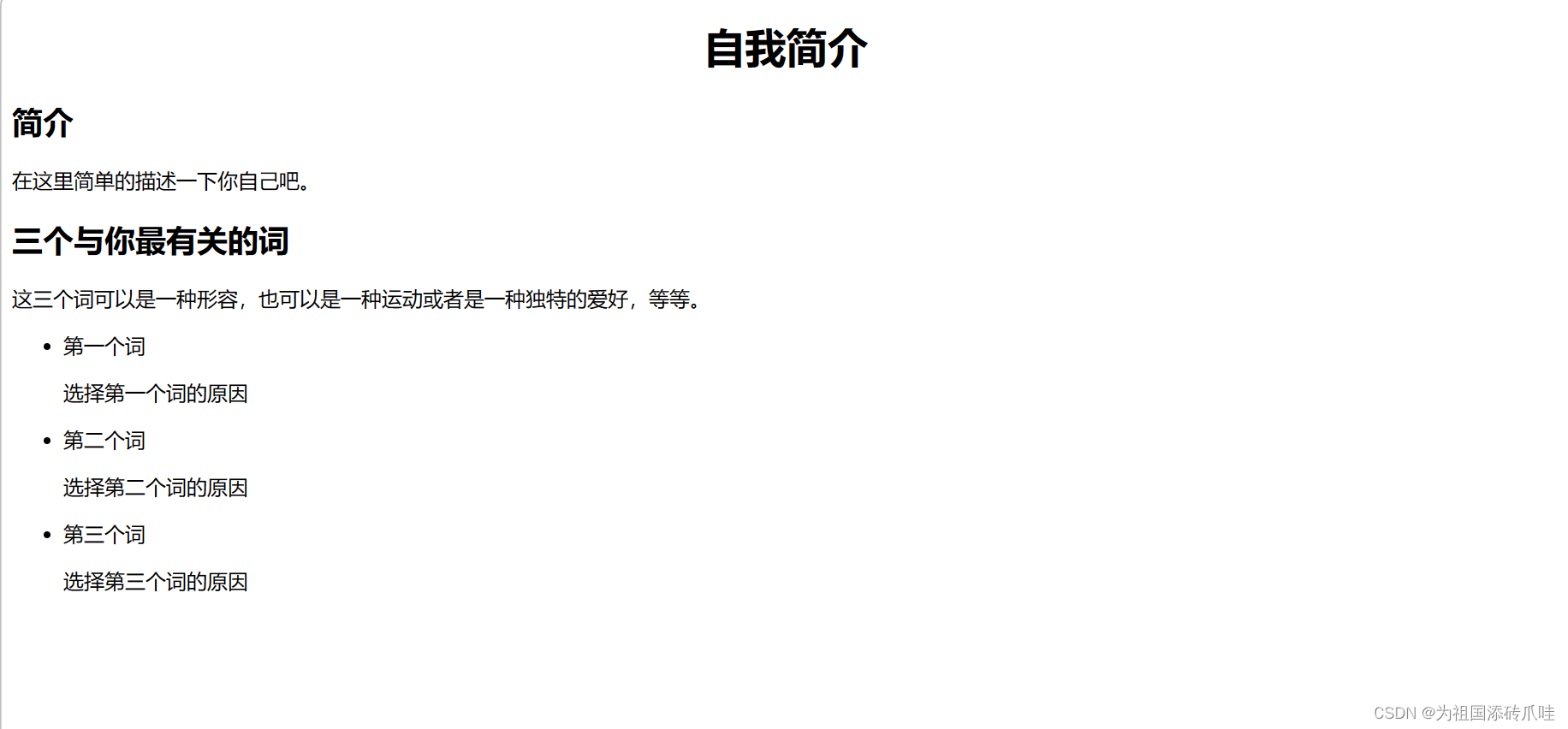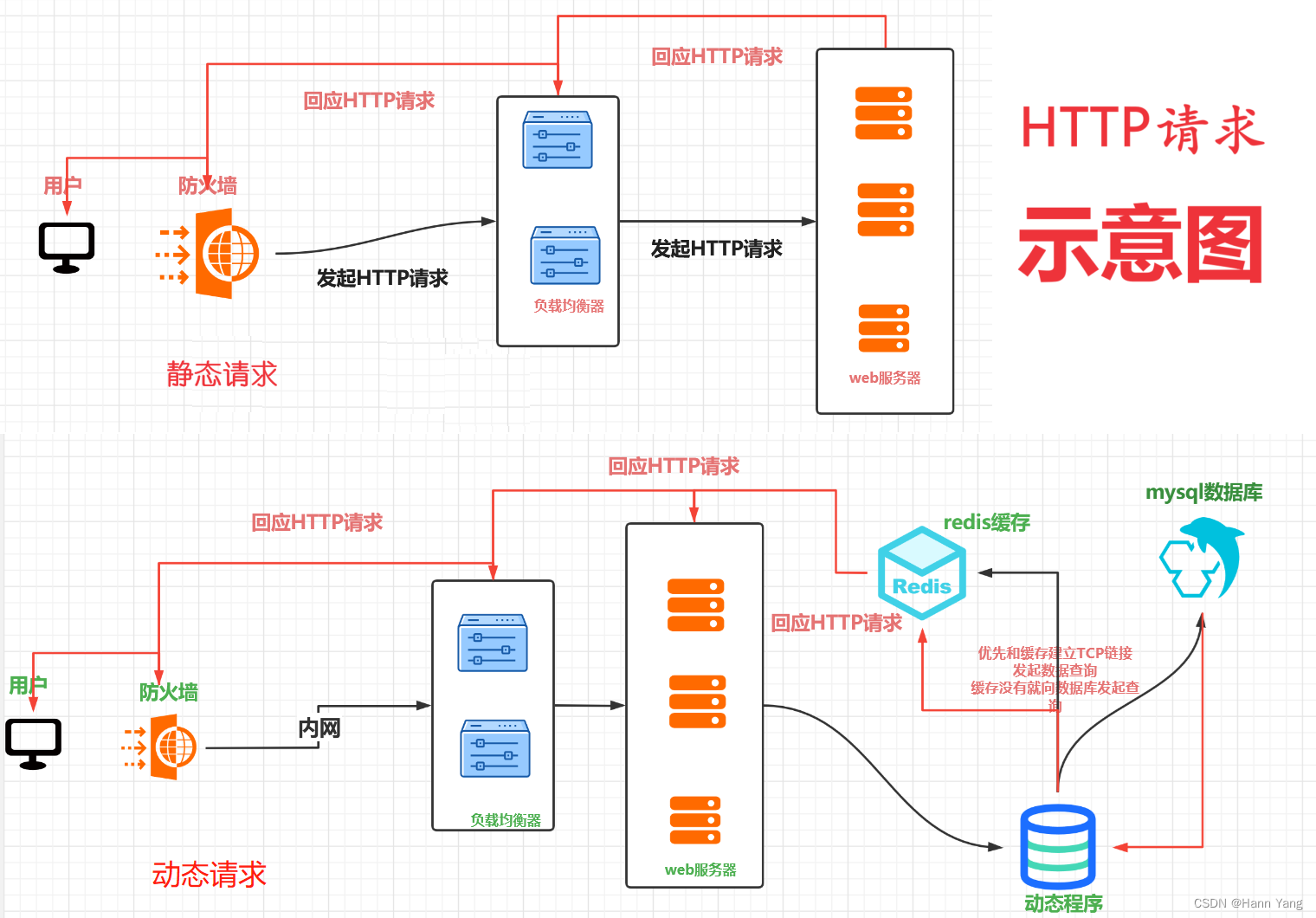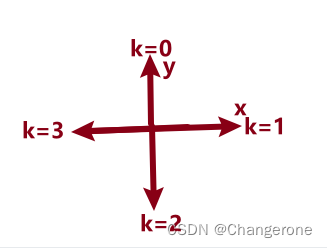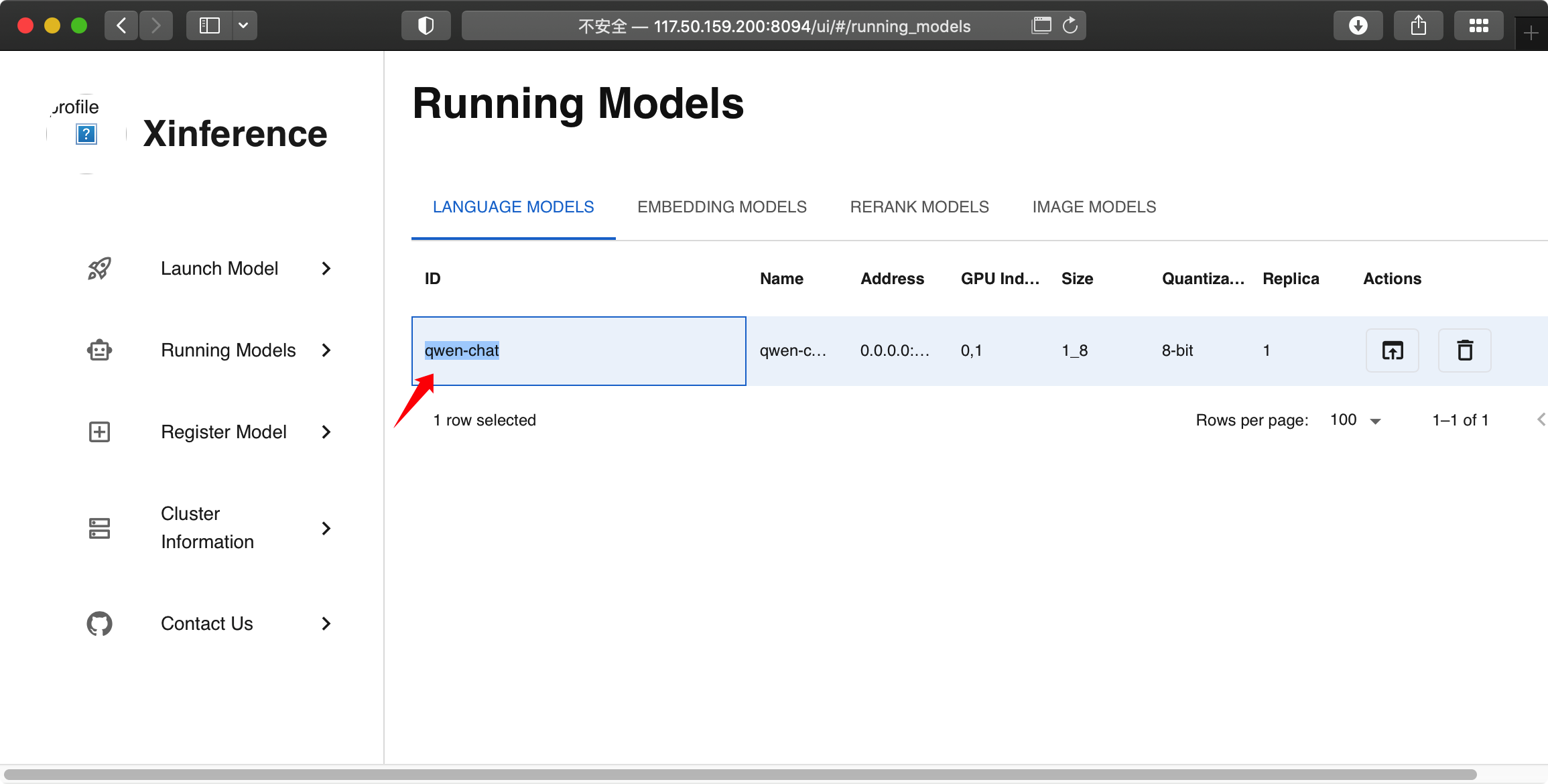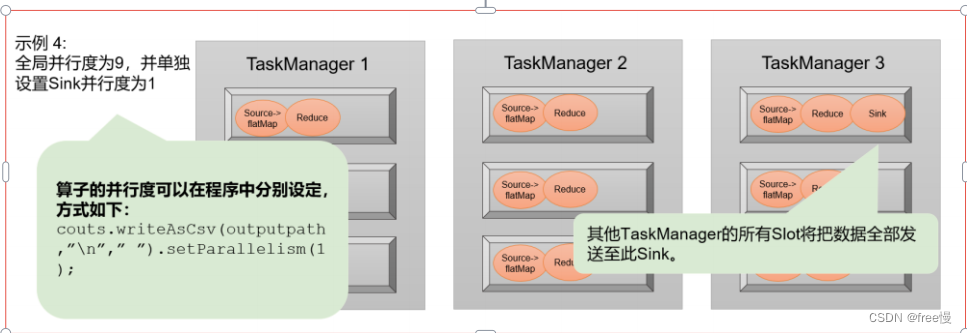假设后端返回的格式是这样子
{
"menu": [
{
"path": "/admin",
"name": "adminLayout",
"redirect": "/admin/index",
"componentPath": "/layout/admin/index.vue",
"children": [
{
"path": "index",
"name": "Index",
"meta": {
"title": "首页",
"keepAlive": true,
"requireAuth": true
},
"componentPath": "/views/index/index.vue"
},
{
"path": "logic-flow",
"name": "LogicFlow",
"meta": {
"title": "可视化拖拽",
"keepAlive": true,
"requireAuth": true
},
"componentPath": "/views/logic-flow/index.vue"
},
{
"path": "custom-form",
"name": "CustomForm",
"meta": {
"title": "自定义表单",
"keepAlive": true,
"requireAuth": true
},
"componentPath": "/views/custom-form/index.vue"
},
{
"path": "big-screen",
"name": "BigScreen",
"meta": {
"title": "可视化大屏",
"keepAlive": true,
"requireAuth": true
},
"componentPath": "/views/big-screen/index.vue"
},
{
"path": "d3",
"name": "D3",
"meta": {
"title": "D3",
"keepAlive": true,
"requireAuth": true
},
"componentPath": "/views/d3/index.vue"
},
{
"path": "konva",
"name": "Konva",
"meta": {
"title": "Konva",
"keepAlive": true,
"requireAuth": true
},
"componentPath": "/views/konva/index.vue"
},
{
"path": "/function",
"name": "Function",
"redirect": "/function/index",
"children": [
{
"path": "large-file-upload",
"name": "LargeFileUpload",
"meta": {
"title": "LargeFileUpload",
"keepAlive": true,
"requireAuth": true
},
"componentPath": "/views/function/large-file-upload/index.vue"
},
{
"path": "virtual-list",
"name": "VirtualList",
"meta": {
"title": "VirtualList",
"keepAlive": true,
"requireAuth": true
},
"componentPath": "/views/function/virtual-list/index.vue"
}
]
}
]
},
{
"path": "/data-chart",
"name": "DataChart",
"meta": {},
"componentPath": "/views/big-screen/data-chart.vue"
}
]
}在vite里主要使用到的方法是import.meta.glob,它能通过我们提供的路径动态引入相关的组件,如果我们传入了../views/**/**.vue,它返回的相关格式是这样子,这样的话就可以用过路径获取相关异步导入组件的函数了
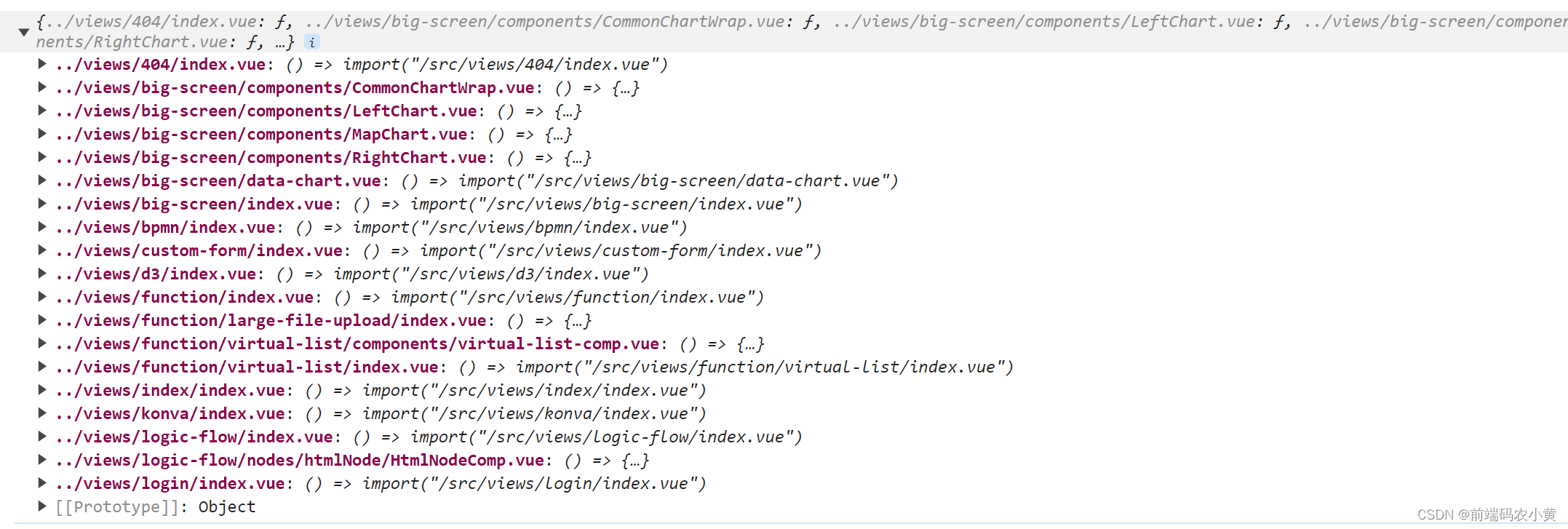
完整代码如下(permission.ts):
import router from './index'
import { RouteRecordRaw } from 'vue-router'
import { useUserStore } from '@/store/modules/user'
const viewsModules = import.meta.glob('../views/**/**.vue')
const layoutModules = import.meta.glob('../layout/*/*.vue')
// 这个方法主要就是将componentPath转成异步引入函数component
const menuToRoutes = (menus: RouteRecordRaw[]) => {
if (!menus || !menus.length) {
return []
}
const routes: RouteRecordRaw[] = []
menus.forEach((item: any) => {
const meta = Object.assign({}, item.meta)
let component
if (item.componentPath) {
// 如果找不到就给个404的组件
component =
viewsModules[`..${item.componentPath}`] ||
layoutModules[`..${item.componentPath}`] ||
viewsModules['../views/404/index.vue']
}
routes.push({
meta,
name: item.path,
path: item.path,
component: component,
redirect: item.redirect,
children: menuToRoutes(item.children),
})
})
return routes
}
export const setupPermission = () => {
router.beforeEach((to, from, next) => {
const userStore = useUserStore()
if (!userStore.menu.length) {
// 获取路由
// userStore.menu就是json里的menu字段
userStore
.setMenu()
.then(() => {
// 动态路由注册
router.addRoute({
path: '/',
redirect: '/admin',
children: menuToRoutes(userStore.menu),
})
next({ ...to, replace: true })
})
.catch(() => {
next()
})
} else {
next()
}
})
}
最后在main.js里调用一下setupPermission方法就行~
PS: 如果退出登录需要清除动态路由的话,因为现在vue-router没有提供可以直接清空的方法,所以可以考虑返回登录页后刷新一下界面来解决~

